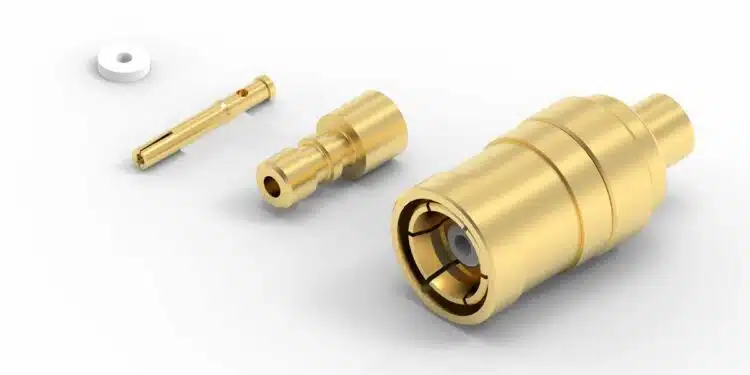Würth Elektronik introduces additional coaxial connectors for 50-Ω cables of types 1.13, 1.32, and 1.37 mm.
The plugs and receptacles – suitable for use in such equipment as wireless communication devices, GPS systems, and IoT devices – feature gold-plated contacts and have all passed a 48-hour salt spray test.
The easy-to-install connectors WR-SMA, WR-SMB, WR-MCXand WR-MMCX are now available from stock without a minimum order quantity.
“WR-SMA Right Angle Bulkhead Jack Cable Connector”: The right-angle receptacle for applications up to 6 GHz features a very space-saving design and reduced cable strain. The new model in the WR-SMA series for crimp assembly is also available in an IP67-rated version.
The “WR-SMB Straight Plug Cable Connector” is similar in size to the SMA version, but is straight and features a snap-lock mechanism. The connector for applications up to 4 GHz is particularly suitable for applications such as test equipment that require repeated mating cycles.
The “WR-MCX Straight and Right Angle Plug Cable Connectors” feature a snap-lock mechanism and are suitable for applications up to 6 GHz. The connectors take up very little space and remain rotatable, which provides added flexibility for the right-angle plug connectors.
The connectors have been tested for at least 500 mating cycles. WR-MCX has a connector diameter of 4.5 mm, while the WR-MMCX version has an even smaller diameter of just 3.5 mm. The smaller connector also requires less force both for mating and unmating.
































